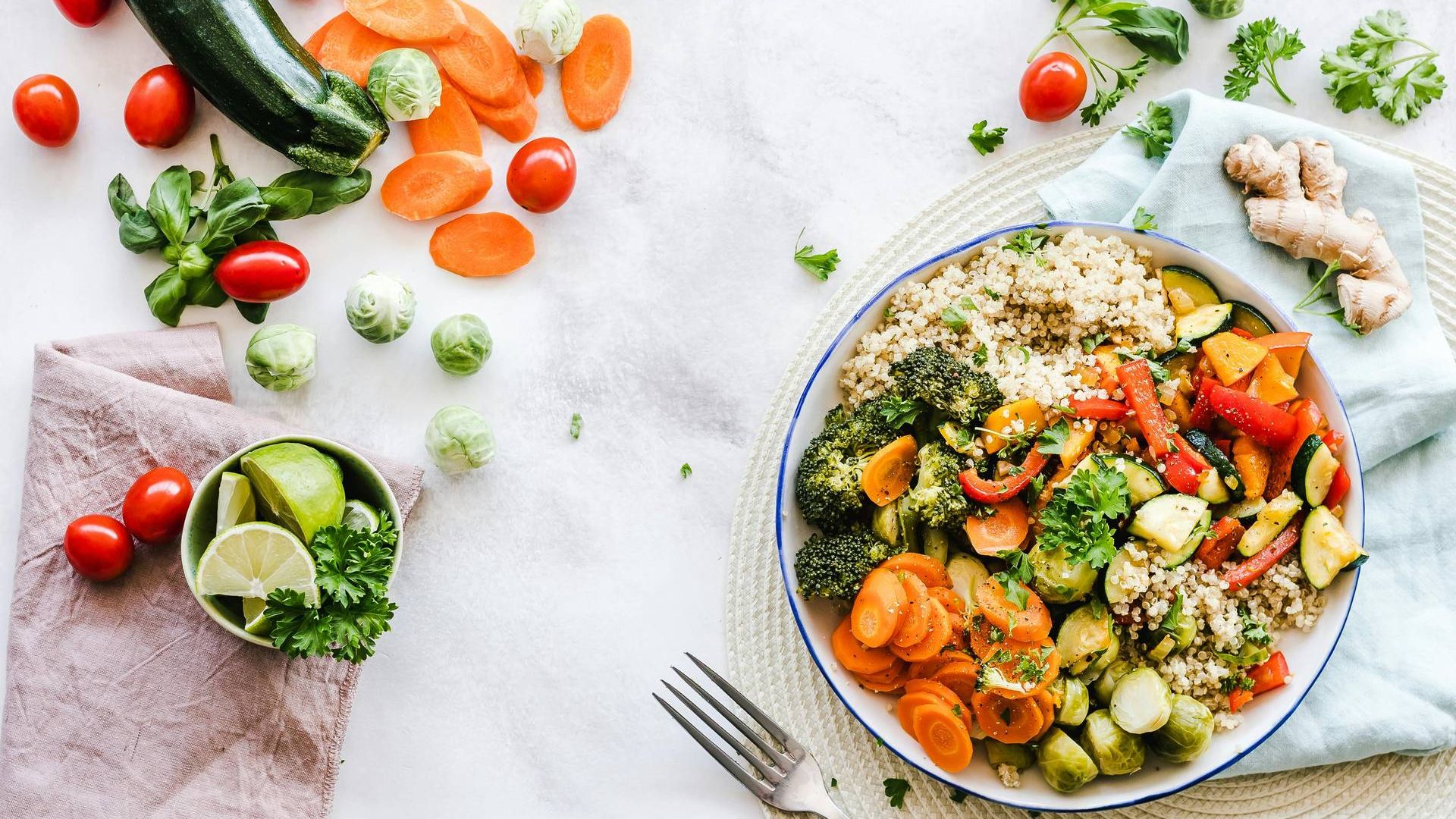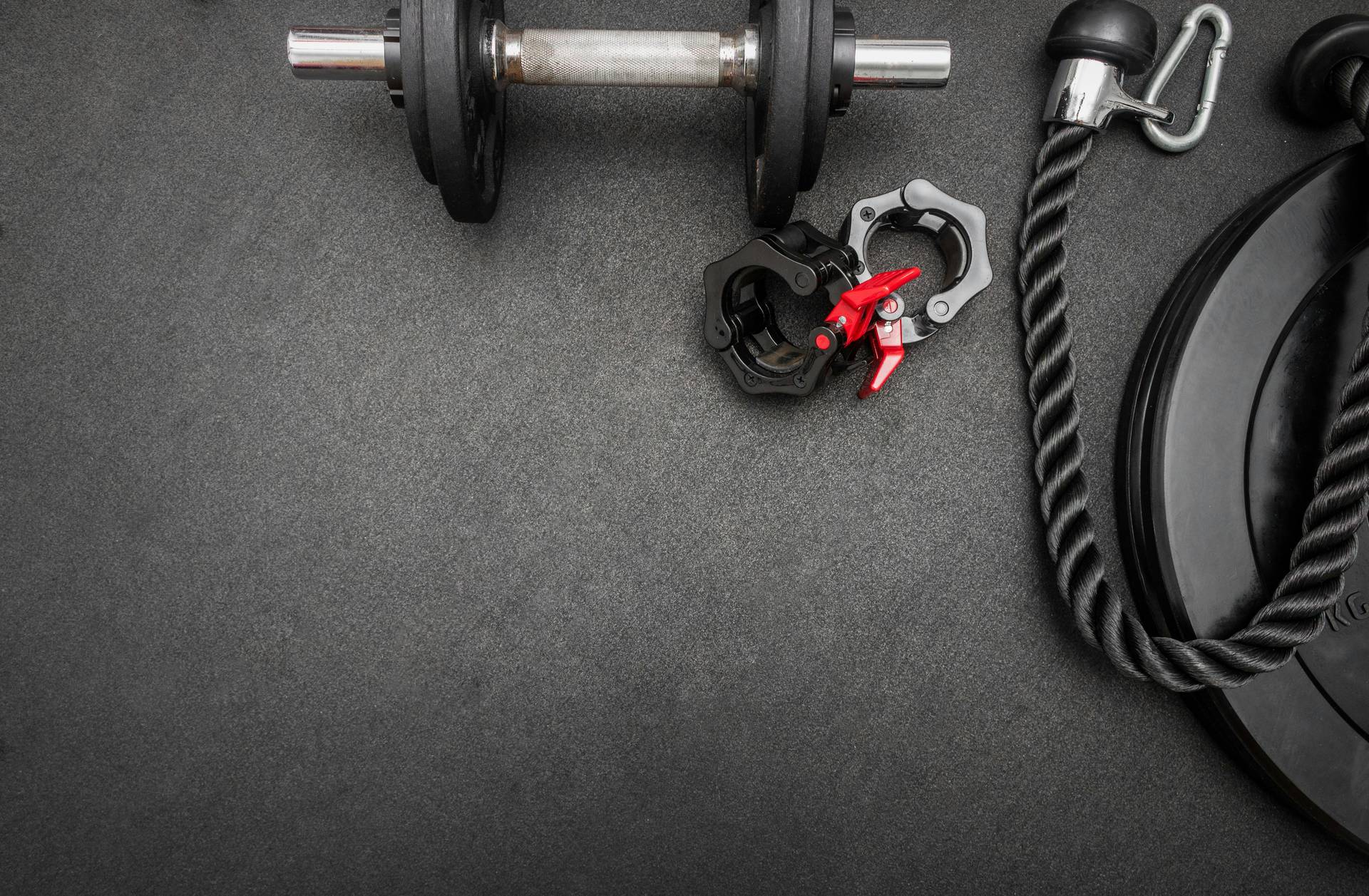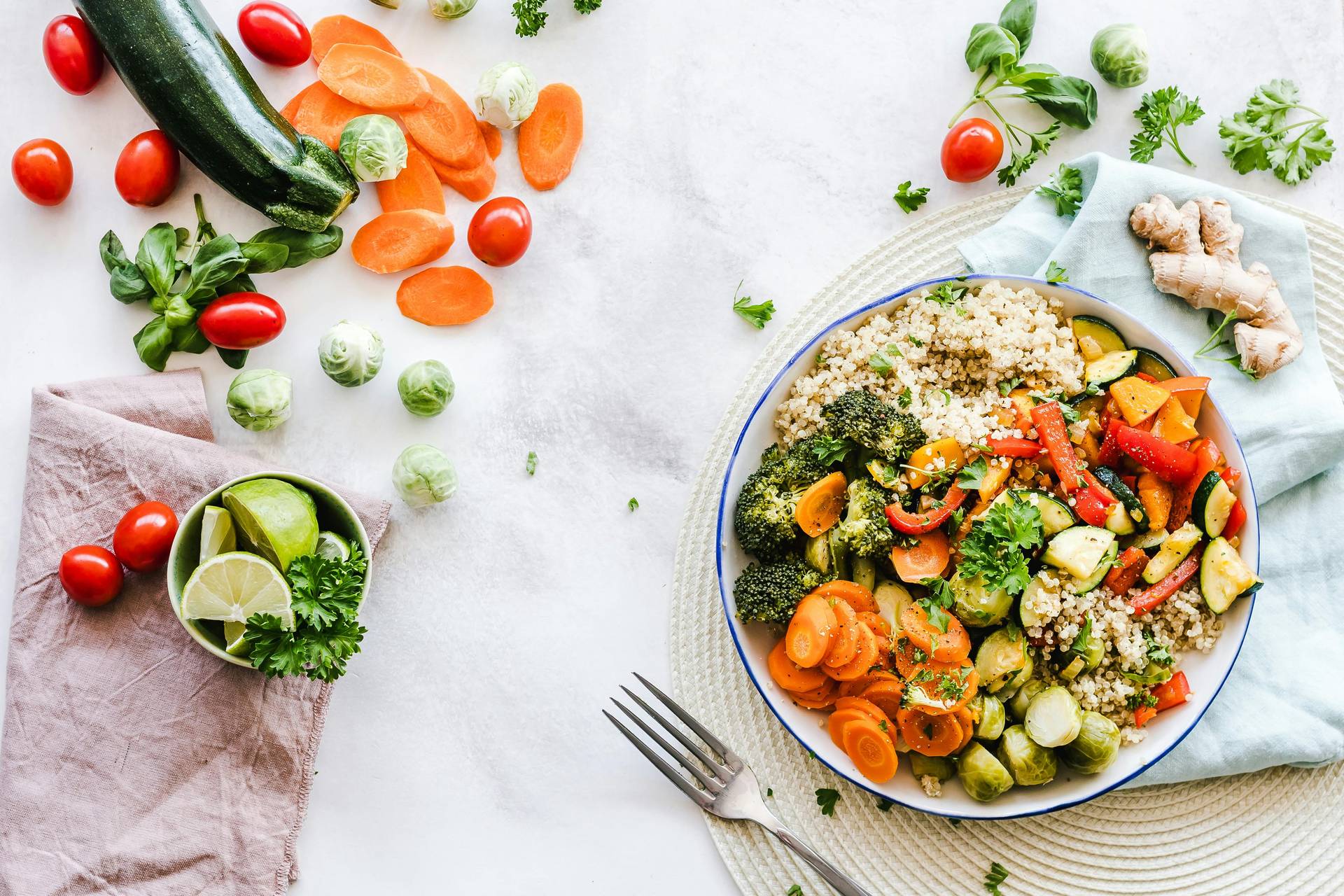3 things I wish I knew before getting into shape
Mar 26, 2025
When I first started working out 14 years ago in the gym, I thought I knew a lot.
I had been an athlete since age five and exercising consistently since I was 10.
After nearly 20 years of exercise experience, I entered the gym for the first time. I stuck to my usual routine:
- Run on the treadmill for 30 minutes
- Lift light weights for 30 minutes
Rinse and repeat each workout.
I recall my free consultation with a trainer at my gym. I asked him how to use the machines, weights, and cardio equipment.
He taught me the basics. Since he was bulky, I chose cardio and light weights instead.
That was my routine for a year or so.
But then I came across a book called the 'Book of Muscle' which I've mentioned in past letters.
This was my first glimpse into the world of muscle and strength-building.
While I didn't want to become a bodybuilder, I did want to build muscle on my then-scrawny frame.
I was skinny most of my life until I became skinny-fat and then later on when I became overweight.
I've experienced being underweight and overweight. This helps me understand the client journey better than most.
Back to the topic of today's letter.
Before I got fit, I shared these three rules with my former self to avoid my mistakes.
Use these as your roadmap to getting into your best shape this year.
#1 Choose my fitness goal before I touch a weight or food scale
15 years ago, all I knew about exercise was that moving was good for your body.
20 years ago, all I knew was that push-ups built your chest and sprints made you fast.

It's funny how things come around full circle as you mature.
I was right in my younger assumptions, but I needed more context.
For example, cardio and pushups can form the basis of a great strength and cardio program to get lean and strong.
Not sure of your goal? Choose to lose fat, build muscle, or improve sports performance.
Clarify whether you want to drop body fat or build muscle, then create your strategy.
Many people pay attention to small things, like training on an empty stomach, eating carbs after working out, or preferring barbells instead of dumbbells.
This is all tactical fitness info.
Instead, choose your overarching goal, then work backward from there.
If I wanted to lose fat, I’d decide how many pounds to shed. Then, I would plan backward from my target date.
e.g., Drop 20 pounds of body fat and get lean and fit in my body.
20 pounds = 20 weeks (give or take; could reach it in 16 weeks or a bit longer)
20 weeks from today would be September 1st.
That would be my goal, and then I'd work backward.
That's the first rule you need to follow to get in shape and win at fitness.
#2 Exercise and nutrition go hand in hand, not separately
It took me some time to learn this: exercise and nutrition are not separate. They work together and affect each other.
They're interconnected and deeply intertwined.
What you do in one area will impact the other.

If I want to lose 20 pounds in under 20 weeks, my nutrition goals must support that aim.
The same would need to happen for my strength and fitness goals.
They all need to be connected with a golden thread of consciousness.
Here's an example of how that might look:
Vision
3 Year Goal
1 Year Goal
90 Day Goal
30 Day Goal
7 Day Goal
Daily Goal
So, let's return to how exercise and nutrition are connected.
After setting your big vision and multi-year goal, the next step is to connect your exercise and nutrition into a solid plan to reach your goals.
This doesn't need to be difficult (although most people make this more complicated than necessary).
Let's start with nutrition first.
You need to be in a caloric deficit to drop body fat.
If you want to build muscle, being in a caloric surplus will support this goal.
For sports performance or body recomp, eat at maintenance calories.
A caloric deficit is simple.
Eat fewer calories than your maintenance level. This means consuming less than your body needs to maintain weight.
Once you do this, you're ready to activate your fat-loss phase.
The next step on the nutrition front is to aim for 1 gram of protein per body weight.
For clients who are heavily overweight or obese, this number may drop.
But for dropping 20 pounds, 1 gram works well.
The remaining calories push towards your carbs for energy and strength production.
Fats end up taking care of themselves without much thinking.
Your nutrition goal is now solved.
Let's move on to strength and fitness (aka exercise).
Exercise needs to work in tandem with nutrition.
They need to complement each other (not oppose one another).
I'd suggest a minimum of 3x a week of strength training for this fat loss goal.
In the first half of your workout, focus on big muscle groups. Do bench presses, squats, deadlifts, and rows.
Start by working out secondary muscle groups. You can also add a finisher exercise.
I'll share an example below.
For a 20-week fat loss goal, a woman weighing 170 pounds can aim to lose 20 pounds. Here's how this plan would work:
Goal: Lose 20 pounds in 20 weeks.
Nutrition:
- 500 kcal deficit
- 1,700 kcal target
- 160 g protein
- 150 g carbs
- 35 g fat
(*Those numbers were made up for nutrition, just as an example).
Strength: 3 days of lifting weights + 1 day of HIIT
Steps: 6,000-9,000 per day
Sleep: 7-9 hours of quality sleep
Example workout:
Dumbbell squat: 4 x 8-12 x RIR: 1-3
Dumbbell bench press: 4 x 8-12 x RIR: 1-3
Machine leg press: 4 x 8-12 x RIR: 1-3
Machine lat pulldown: 4 x 8-12 x RIR: 1-3
Cable bicep curl: 4 x 8-12 x RIR: 1-3
Cable tricep kickback: 4 x 8-12 x RIR: 1-3
Burpees: 2 x 12-15 x RIR: 1-3 (finisher exercise)
Here's a quick note on HIIT workouts.
I often recommend this as a bonus for fat loss. I included it above because many clients enjoy cardio, which is also great for heart health.
A bike ride of 30 seconds hard and 30 seconds rest will work well. Staying in a caloric deficit and lifting weights helps burn more body fat.
A longer LISS-type workout can work well deeper into the training cycle.
However, steps and walks will be another main driver for fat loss, paired with your deficit.
Let's wrap up with the last rule I would teach myself.
#3 Track your progress and every metric
What gets managed can be improved.
What you don't, can't.
I thought I could wing my workouts, meals, and tracking early in my fitness adventures.
Winging it meant going to the gym, exercising, and eating the meals I wanted.
Fitness is a scientific experiment.
Flexibility with your plan is great once you reach your fitness goals, but it’s not the best starting point. I’ve tried many times and heard thousands of stories from others.
Fitness is a game of tracking.
Fitness can help you get your dream body if you follow its guidelines. It’s all about using proven methods.
Like any game, you have to know the game's rules to win.
So here are the key metrics I would track in order of priority each week:
- My daily nutrition intake (calories & macros)
- My weekly strength workouts (every exercise logged)
- My daily steps and walks
- My weekly HIIT workout
- My daily sleep quantity and quality
- My rate of fat loss progress (bodyweight, body measurements, progress photos, and body fat calipers)
*Calipers are helpful but not required. They can be a bonus if you notice extra bodyweight fluctuations early on.
Tracking your metrics brings immediate feedback and insight.
It lets you know if you're on course or off track.
Note that the first 2-3 weeks of a new exercise and nutrition plan may show confusing results on the scale.
Stay focused on long-term trends. They will show up in three weeks.
Your career and/or business have KPIs.
They let you know how your career is going and if you're doing well.
The same is true for your health and body.
If you don't have a pulse on your fitness KPIs, how will you know if you're on track?
This is the roadmap I would have given to myself 15 years ago.
It's the same path I would then and I walk today.
Fitness can be simple.
It can be a force multiplier for everything good in your life.
Unlock the true power of health using this roadmap.
Feel free to share how your fitness has been going this year.
See you later this week,
![]()
Whenever you're ready, there's 3 ways I can help you:
- Connect with me on Facebook and Instagram and let's be friends.
- Join our free Facebook Group. Get free trainings on how to get lean and strong with plants.
- Want to drop body fat and build lean muscle in a fraction of the time with ease? Apply for Accelerator 1:1 coaching.

